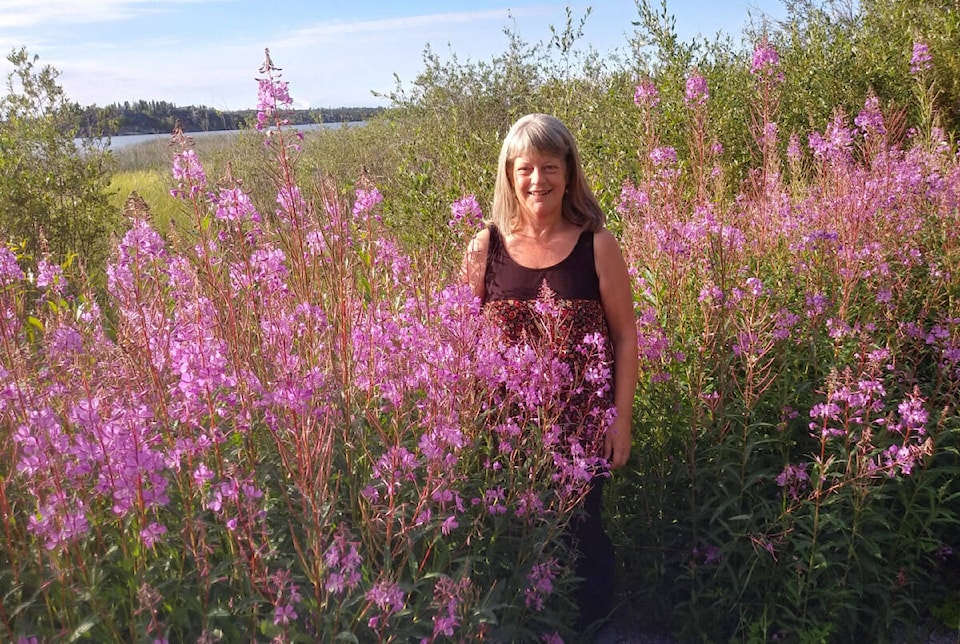Along the Frame Lake Trail there are some pretty spectacular areas of fireweed, and some of the plants are taller than most people.
So, it has been a good year locally for them. Nice to see.
An old rule of thumb is that when the fireweed blooms, summer is far from over, but it has reached the midway mark.

I like fireweed and it is one of my favourite plants. It creates a burst of colour. I don’t consider it a weed, although some gardeners may disagree. It does produce a lot of seeds and grows from underground runners called rhizomes. Fireweed is also a perennial, for once the root system is established it will send up a new surface-flowering plant every year.
So, if you consider the plant to be the root system that every year sends up a flowering section, they are a little like mushrooms in that regard. So, the plant you see blooming every year may have been living in that spot for hundreds or thousands of years. That’s interesting to wrap your mind around. But it gets even more interesting because it sends out the rhizomes, which periodically send up more flowering blooms.
You start with one plant, the next year you have five flowering stems, the next year 25, and then the next year 125. You can see where this is going, I hope. You could have hundreds of flower stems — a big patch of fireweed that is all part of the same plant. So that big patch of fireweed in the photo on this page could be a single plant and it could have been growing for thousands of years.
You can harvest the new shoots in the spring and use them as salad greens and, apparently, people can make tea from the leaves. I read that some Indigenous people in B.C. cultivate fireweed patches so they can harvest from them. This is something others may want to consider. On the other hand, some people really do think of them as a weed that tries to take over their garden because once they get established, they are hard to get rid of because those rhizomes left in the ground just keep sprouting.
Each plant can produce thousands of little seeds that come with their own fluffy top, which can be carried long distances by the wind. So in the late summer when they are seeding, there are billions of these seeds blowing around the country, and fireweed can be found in most of North America. Obviously, the seeds that fall on areas recently burnt find a great growing environment. I have seen burns a year or two old where fireweed is the dominate flower and plant.
That means you can have areas of dozens or even hundreds of square kilometres of this plant. One fall, I was prospecting through a recent burned-out area, and it was just a carpet of fireweed. It was late summer; a wind came up and I found myself in a blizzard of fireweed seeds. It was truly amazing.
All those seeds were being carried north out to the tundra, where they can land and germinate the next year, giving one a big patch of fireweed on the tundra. However, since there is a shorter growing season, they don’t have time to seed and the cold kills off the roots and rhizomes in the winter. So, the plants show up for one summer and then are gone. There is a dwarf species of fireweed that does grow on the tundra, but it is no where near as prolific as our bush fireweed.
So basically, fireweed is a lot more interesting as a plant than most people realize. Here is another bit of trivia: in England they are called Rosebay willowherb. Personally, I think they are an amazing plant and what’s the harm in having a few in your garden? They are a beautiful Northern plant and the bees and insects love them.
